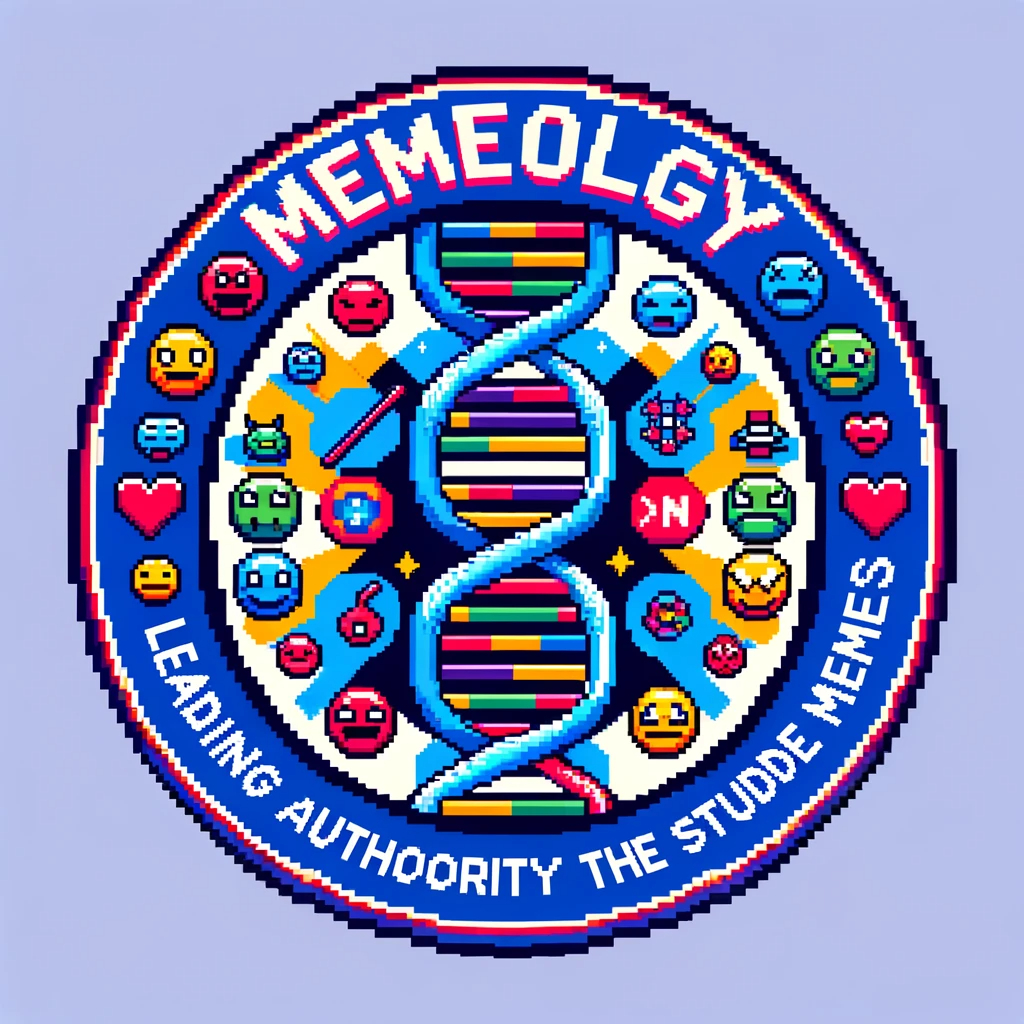155 reads
Exploring Multimodal Meme Sentiment Analysis: Architectural Comparisons and Training Strategies
by
April 7th, 2024
Audio Presented by

Memes are cultural items transmitted by repetition in a manner analogous to the biological transmission of genes.
Story's Credibility

About Author
Memes are cultural items transmitted by repetition in a manner analogous to the biological transmission of genes.